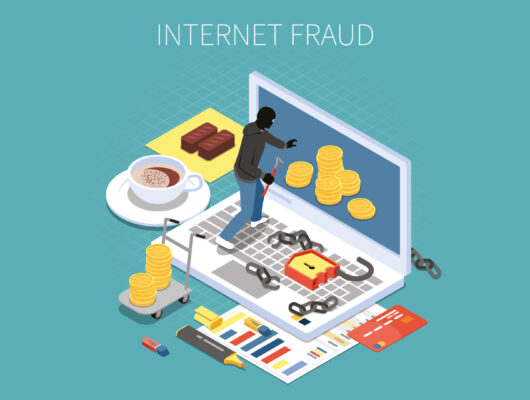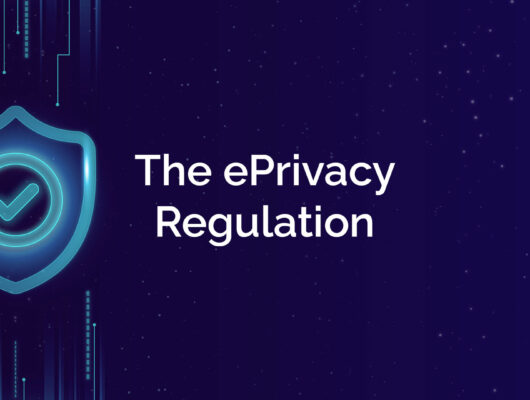If you are planning to send newsletters to individuals in the European Union (EU), it is important to ensure that you are complying with the General Data Protection Regulation (GDPR). Here are some steps you can take to set up your newsletters for GDPR compliance:
Obtain explicit consent: Under the GDPR, you must obtain explicit consent from individuals before you can send them newsletters or other marketing materials. This means that you must clearly explain what the newsletters will contain, and individuals must actively opt-in to receive them.
Use double opt-in: It is a good idea to use a double opt-in process for your newsletters. This means that after individuals sign up to receive your newsletters, you will send them an email asking them to confirm their subscription. This helps to ensure that only people who are genuinely interested in receiving your newsletters are added to your list.
Provide a way to opt-out: You must provide a way for individuals to opt-out of receiving your newsletters at any time. This can be as simple as including an “unsubscribe” link in each newsletter.
Protect personal data: You must ensure that the personal data of individuals who receive your newsletters is protected. This means that you should store this data securely and only use it for the purpose of sending newsletters.
By following these steps, you can help ensure that you are complying with the GDPR when sending newsletters to individuals in the EU.
Do You Need to Comply with the GDPR?
If your organization is based in the EU, or if you process the personal data of individuals, including email addresses, in the EU, you will need to comply with the GDPR.
The GDPR applies to any organization that processes the personal data of individuals in the EU, regardless of where the organization is based. This means that if you are a company based outside of the EU, but you process the personal data of individuals in the EU, you will still need to comply with the GDPR.
There are some exceptions to this rule. For example, if you are a small organization with limited data processing activities, you may not be required to comply with the GDPR. However, it is important to carefully review the GDPR to determine if it applies to your organization.
In summary, if you process the personal data of individuals in the EU, you will need to comply with the GDPR. It is important to understand your obligations under this law to ensure that you are processing personal data in a way that is compliant and respects the rights of individuals.
What Consent Requires for Email Marketing
For email marketing to be compliant with the General Data Protection Regulation (GDPR), you must obtain explicit consent from individuals before you can send them emails. This means that you must clearly explain what the emails will contain, and individuals must actively opt-in to receive them.
To obtain explicit consent, you should provide detailed information about the emails you will be sending, including:
- The types of emails you will be sending (e.g. newsletters, promotional offers, etc.)
- How often you will be sending emails
- The purpose of the emails (e.g. to inform, to promote, etc.)
- How the recipient’s personal data will be used
- You should also make it clear to individuals that they have the right to withdraw their consent at any time, and provide a way for them to do so (e.g. an “unsubscribe” link in each email).
It is important to remember that simply including a pre-ticked box or requiring individuals to opt-out of receiving emails is not sufficient to obtain valid consent under the GDPR. Consent must be actively given, and individuals must be fully informed about what they are consenting to.
Make Unsubscribing Easy
Under the General Data Protection Regulation (GDPR), individuals have the right to withdraw their consent for the processing of their personal data at any time. If you are sending email marketing materials, this means that you must provide a way for individuals to unsubscribe from your emails.
Here are some steps you can take to make it easy for individuals to unsubscribe from your emails in compliance with the GDPR:
Include an unsubscribe link in every email: You should include a clearly visible and easily accessible link in every email that allows individuals to unsubscribe. This link should take the recipient directly to a page where they can unsubscribe with a single click.
Make the unsubscribe process simple: The process for unsubscribing should be straightforward and easy to follow. You should not require individuals to provide any additional information or go through multiple steps in order to unsubscribe.
Honor unsubscribe requests promptly: Once an individual has requested to unsubscribe from your emails, you should honor this request as soon as possible. This means that you should stop sending them emails and remove their personal data from your email marketing list.
By following these steps, you can help ensure that you are complying with the GDPR and respecting the rights of individuals when it comes to unsubscribing from your emails.
Conclusion
To be compliant with the General Data Protection Regulation (GDPR), it is important to establish a consensual relationship with individuals when collecting their personal data, such as email addresses, from the EU market. This includes clearly explaining what they are signing up for and providing a way for them to unsubscribe if they no longer wish to receive emails.
Email marketing services and form generators often have features that can help you set up a GDPR-friendly newsletter. However, it is important to remember that obtaining consent is just one aspect of GDPR compliance. It is also crucial to ensure that you are handling personal data in a responsible and lawful manner.








